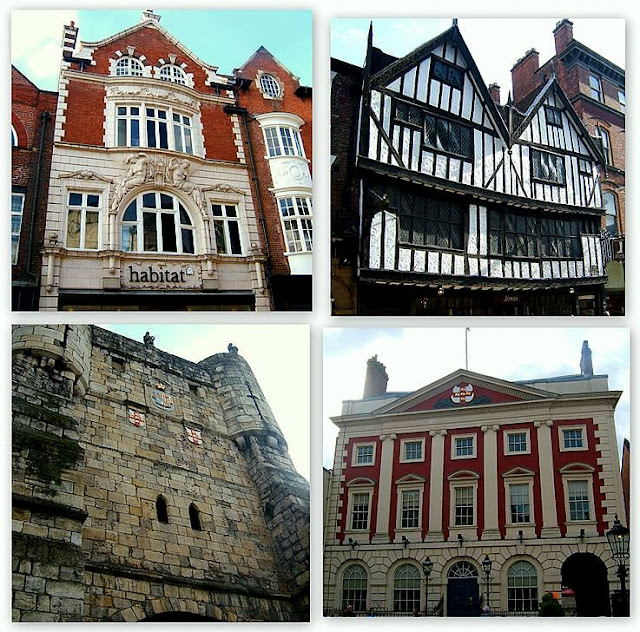York - Cosy Mini-Metropolis
York has been voted as one of the best cities in Britain and is one of the best-preserved medieval cities in the UK. Its location allowed it to prosper through time and to retain the old historic character. York proximity to the Great North Road, made it a major trading centre in the Middle Ages and the English kings used it as a base for wars in Scotland.
A one-day breakaway trip will cover much of the city, the centre may be walked in one hour, honestly. This of course will not be enough to experience it full-heartedly.
The way of doing things in York is in a complete chilled-out zone - if you want to unwind and de-stress from hectic tourism, and still enjoy a variety, this is a place to escapade. York architecture is nowadays one of the city's major assets, it is designated as a conservation area.
Of course, the most impressive structure that dominates the city is the York Minster.
The importance of York was appreciated by the Normans and they started to build the cathedral in around the year 1080, part of which is still in the present building.
Yorkshire folks are known for their cool yet sturdy nature. There had been years of conflicts and rebellions against the Normans and later against the Protestant rule of the monarch. The famous Gunpowder Plot, was directed by Guy Fawkes, born and educated in York. A member of a Catholic group that planned to blow up the Houses of Parliament with the entire Protestant elite. It has, as we know, not been successful.
At some point, York decided to not take part in any more ravages and to retain its more peaceful, tourist-friendly heritage.
York is noted for numerous cosy pubs and other places to rest; it is a city where the totally relaxed approach to tourism and life in general, can be adopted. The city laid-back attitude towards modernism and a stance against a mad pursuit of forceful economic growth made it in 2017 UK's first human rights city. Local authorities aim to use human rights in decision making. Nice and proper.
It is an amazingly preserved medieval shopping street, most of the buildings date from between 1350 and 1475! The narrow lane is lined with small galleries, boutiques, tea rooms, independent shops. Most of these premises were once butchers' shops - hence the name.
Before the Middle Ages were the Dark Ages, occupied in York by the Vikings. This was their stronghold for a couple of centuries. A genuine site has been uncovered in the city centre, and it has been developed as the Jorvik Viking Centre since the 1980s.
Marvellous experience allowing a ride through time, with a touch and smell of the real Viking village, literally! People who lived in York at that time had not been much aware of its greater past during the Roman times, with more civilised facilities, as it goes with using the loo, for example (lower right).




